John Greer (b.1944)
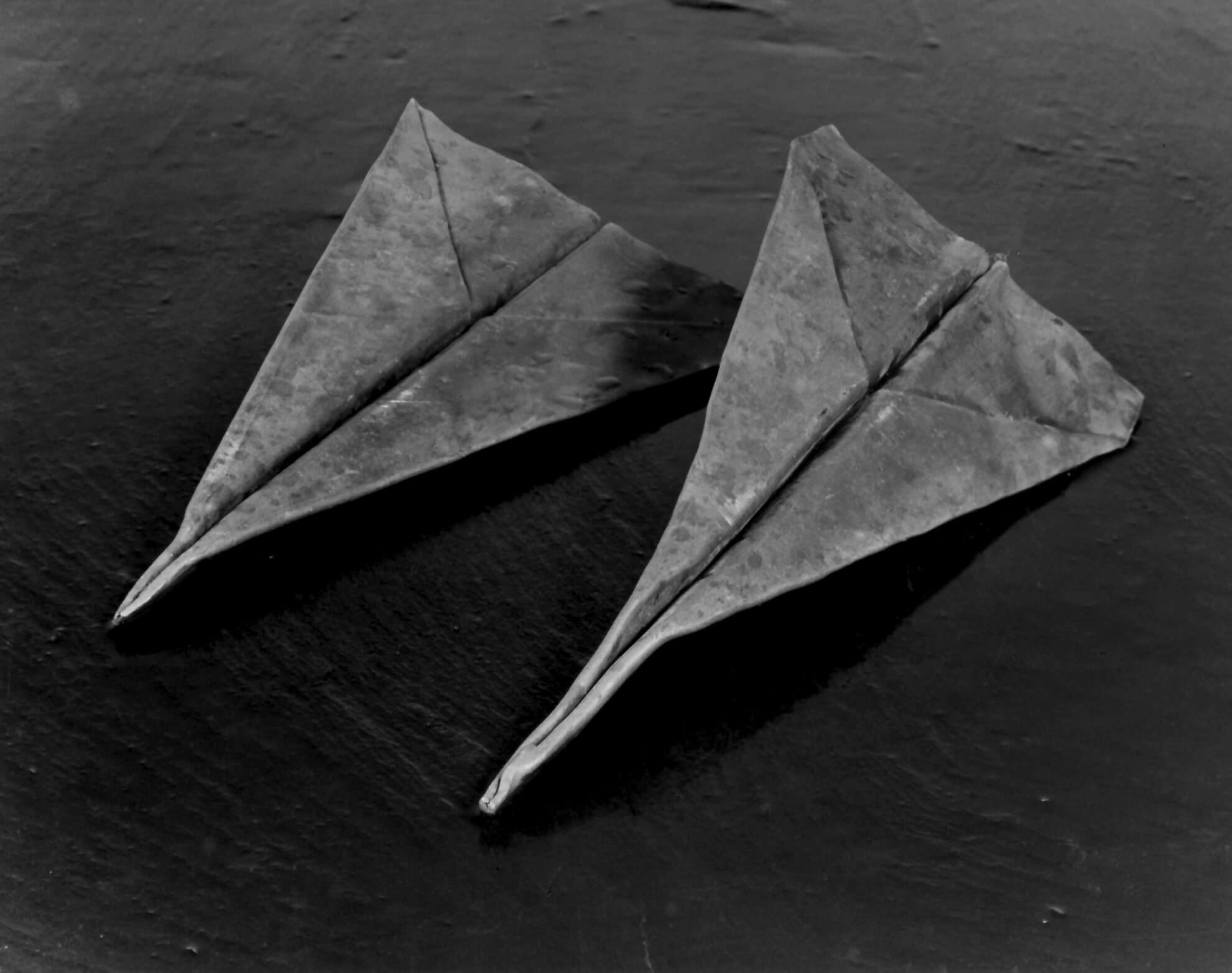
John Greer, Lead to Believe, 1978
Two pieces of folded lead, 7.5 x 28.5 x 13.7; 4.9 x 23 x 14.5 cm
Art Gallery of Nova Scotia, Halifax
Throughout the 1970s one of the most prominent sculptors in Halifax was John Greer, who won acclaim for his “conceptual objects”—hybrid works that were comprised of photos, texts, and found objects, often titled with puns and art historical references. One such physical pun is Lead to Believe, 1978, which comprises two lead sheets folded into the familiar shape of a paper airplane, leading us to believe that these leaden objects could fly.
But in the late 1980s Greer changed his career path by embracing the traditional materials and process of stone carving, applying Conceptual and Post-Minimalist ideas to what was seen as an old-fashioned medium. Concurrent with new approaches to sculpture across the art world, such as New British Sculpture in London and Commodity Sculpture in New York, Greer’s conceptually driven work was a marked departure from the abstraction and Minimalism that had been sculptural orthodoxy in the preceding decades. As an artist and as the head of the sculpture department at the Nova Scotia College of Art and Design through the 1980s and 1990s, he was instrumental in inspiring a younger generation of sculptors in a burst of creative activity that became known as “Halifax Sculpture.”
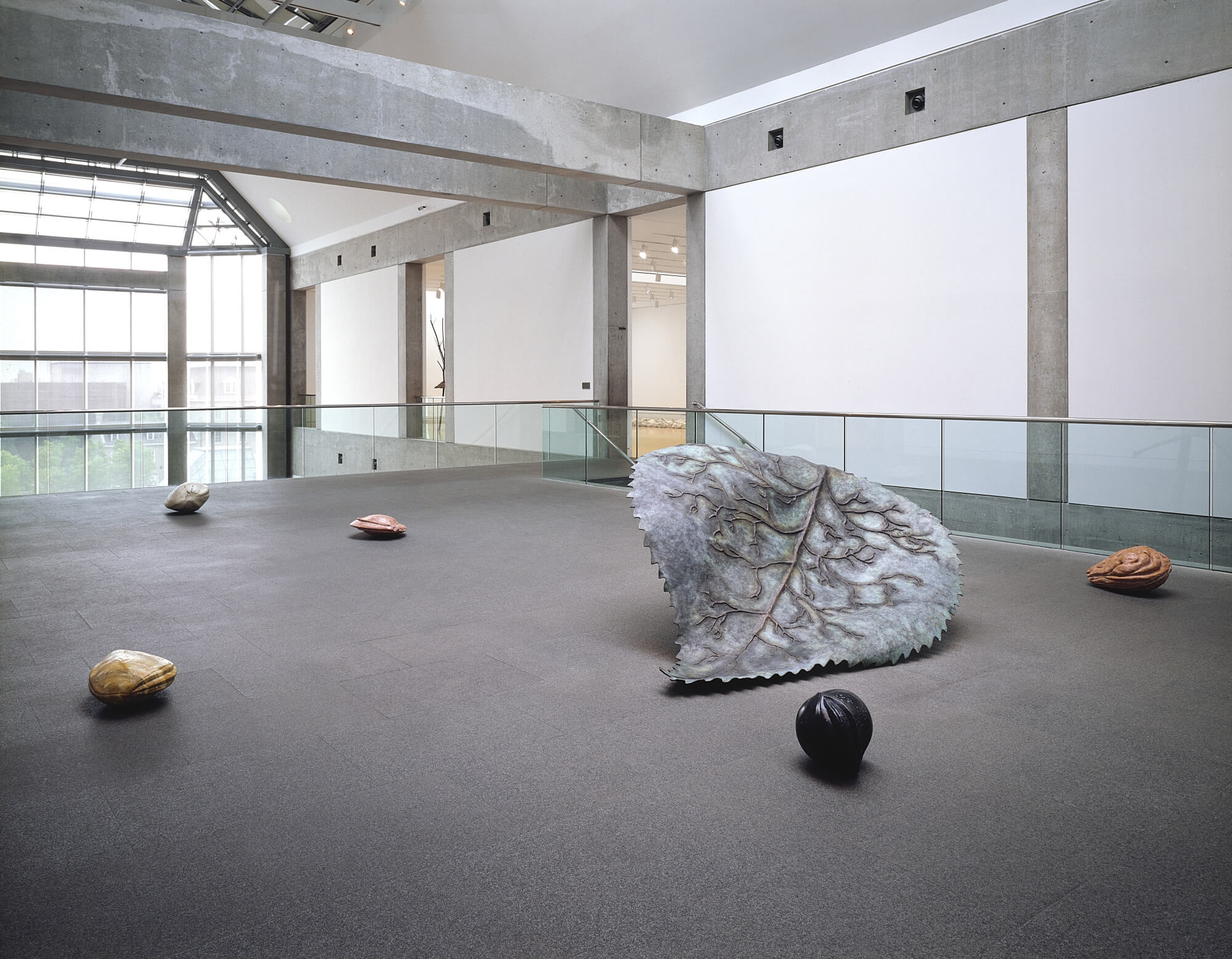
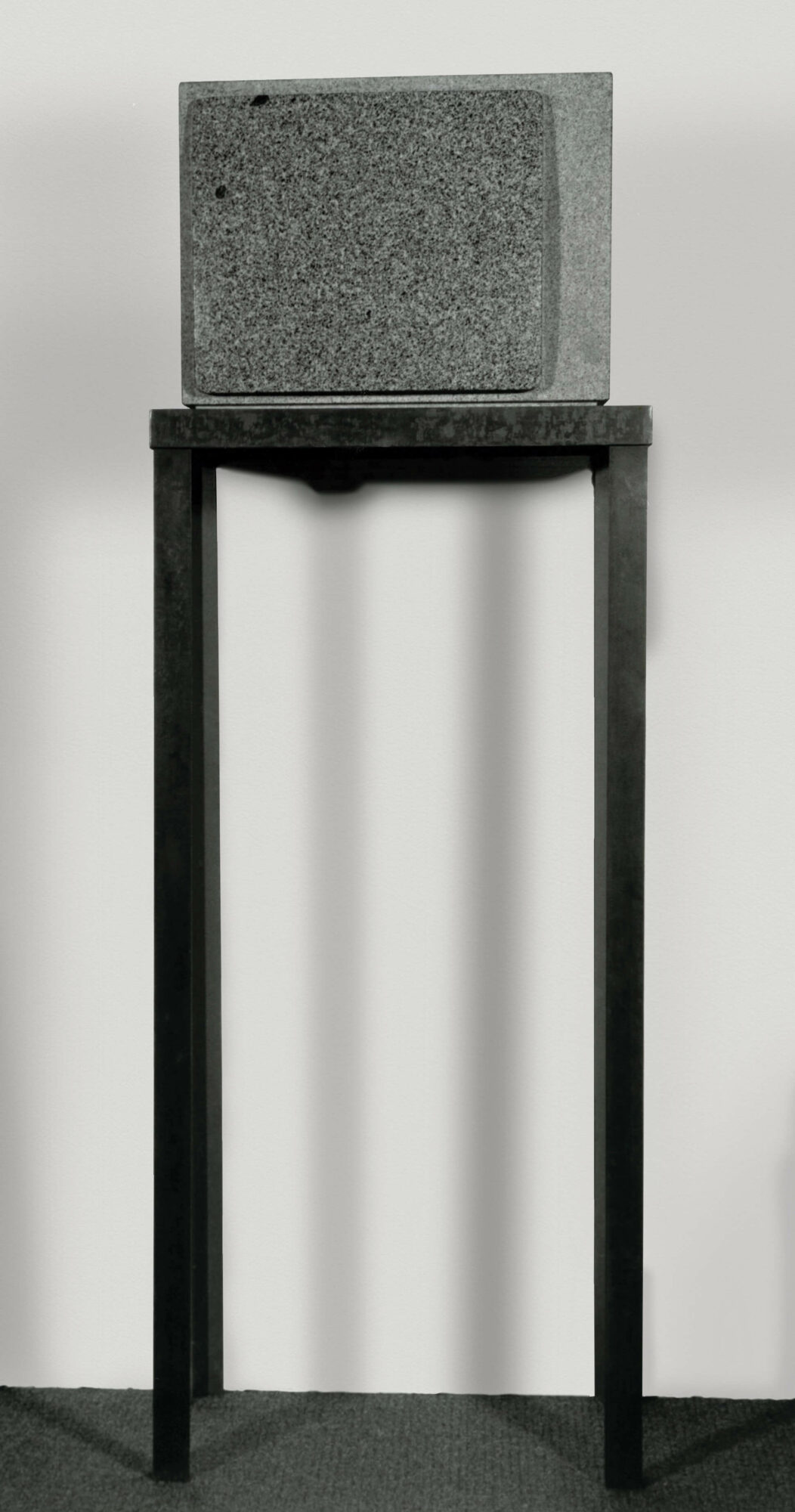
Greer’s 1987 solo exhibition at Dalhousie Art Gallery, Connected Works, was a culmination of a long process in his work, one that seamlessly combined Conceptual art ideas with a return to techniques such as carving and bronze casting. His commitment to reimagining the techniques and processes of sculpture was apparent in his large sculptural installation Reconciliation, 1989, a bronze and marble work that was acquired by the National Gallery of Canada in 1993.
The fundamental change in Greer’s work was his adoption of direct carving in stone—his previous stone works, such as TV Idol Time, 1981, had been commercially fabricated by gravestone makers—and his use of representational imagery for poetic and narrative purposes. But rather than representing specific things, Greer was depicting types or ideas of things, what the American critic Douglas Crimp (1944–2019) called “pictures” in his 1977 essay of the same name. Crimp used the term to refer to the burgeoning artistic interest at the time in images—demonstrated through the production of artworks that were not just representations of things, but that conceptually reflected on the role and nature of images themselves. These considerations became a defining approach in postmodernism.
Greer has continued to work in stone, and he lives part of the year in Pietrasanta, Italy, home of the famed Carrara marble quarries that have supplied stone sculptors since Roman times. He shows regularly in Halifax, which also has several public sculptures by him, including The Sirens’ Calling, 2020, on the Halifax waterfront.
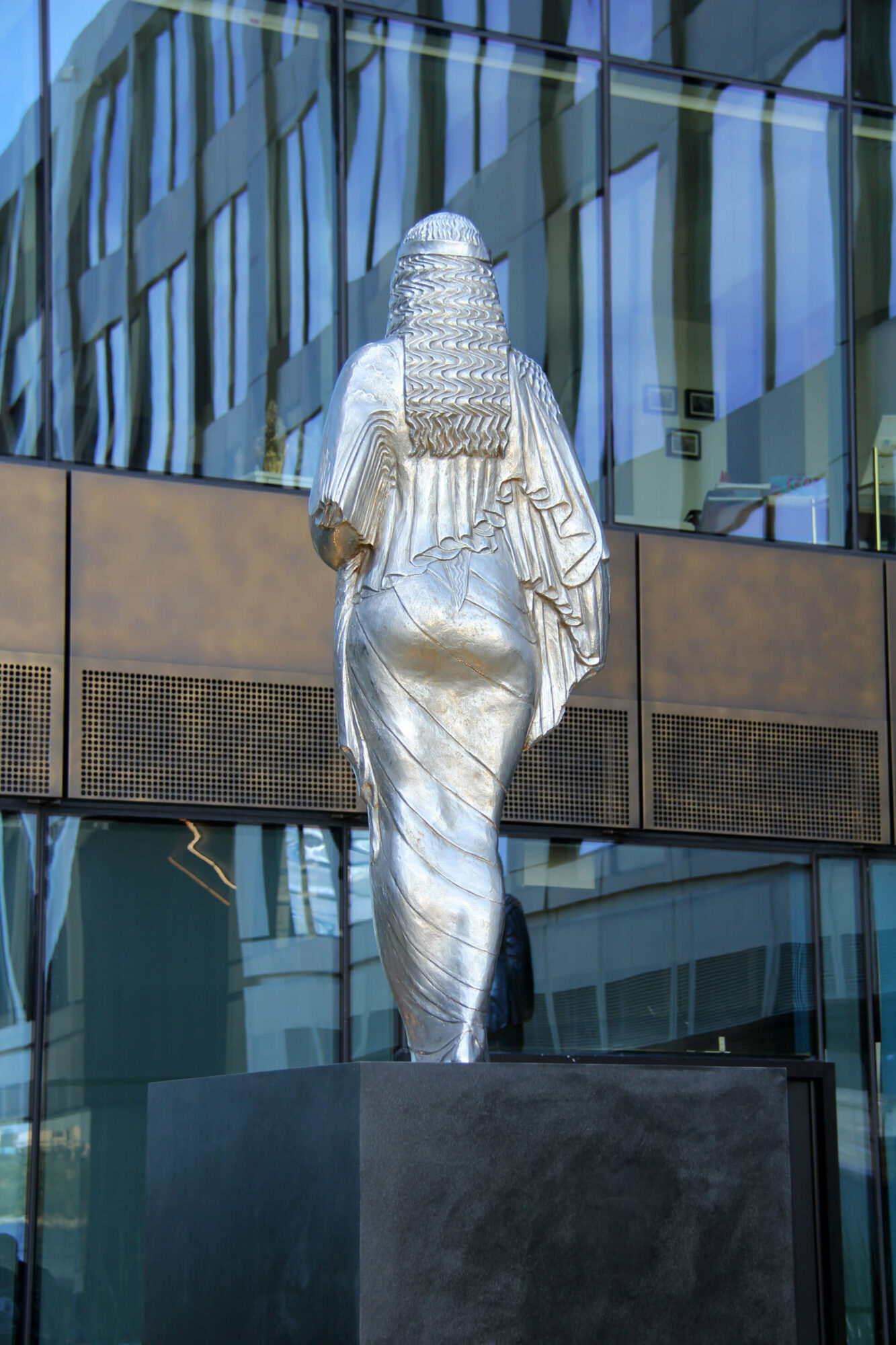
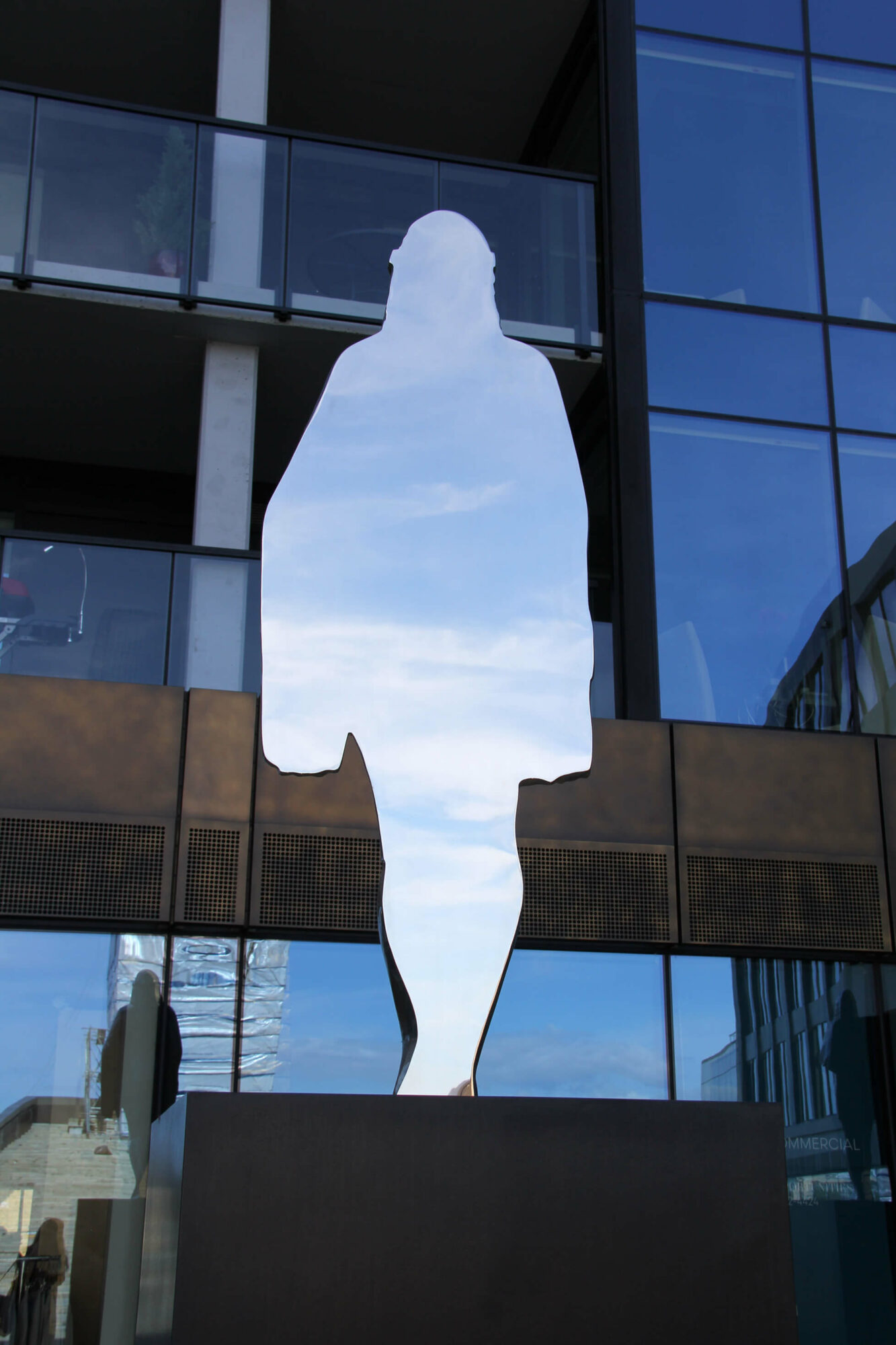

 About the Author
About the Author
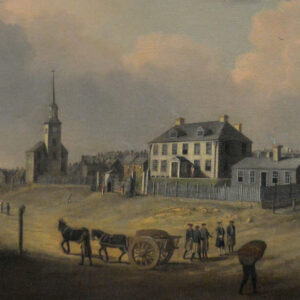 More Online Art Books
More Online Art Books
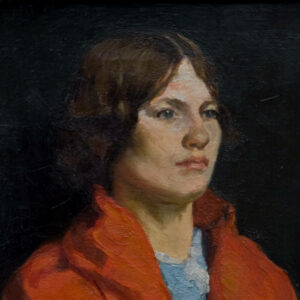 Acknowledgements
Acknowledgements